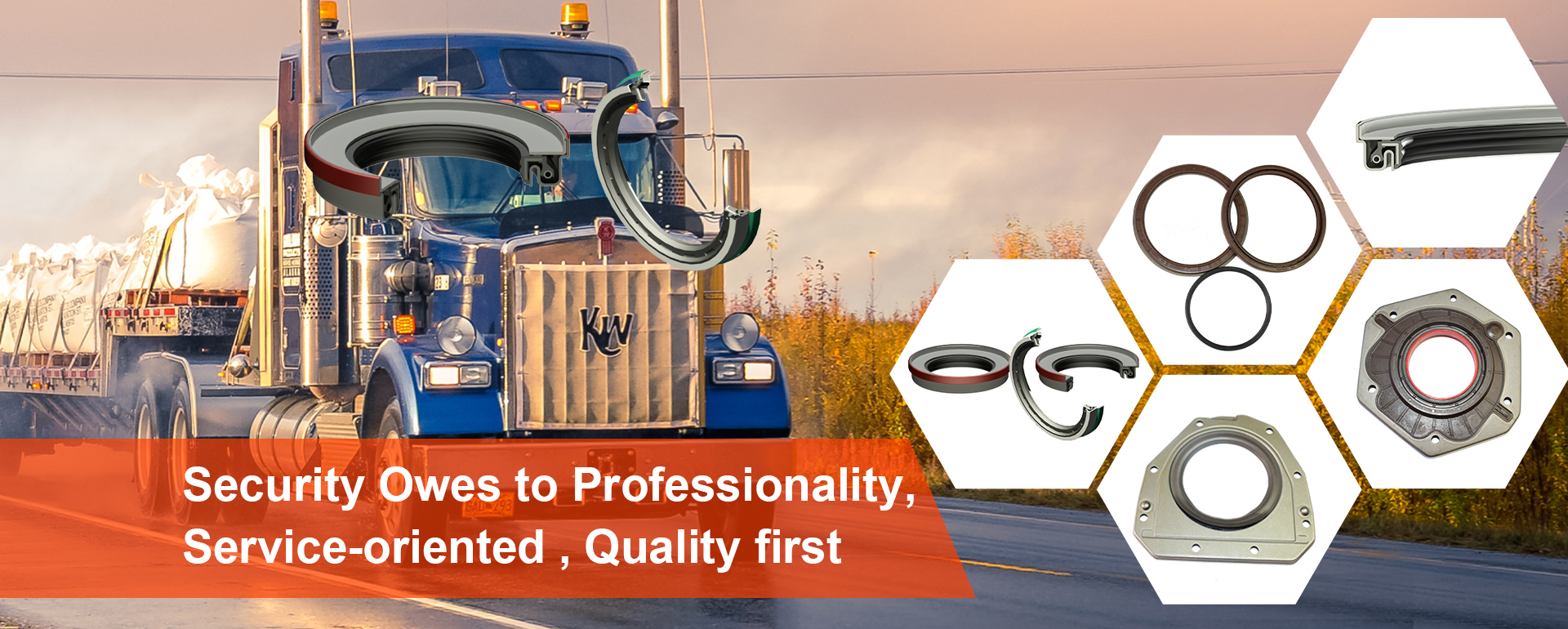shock absorber oil seal
Understanding Shock Absorber Oil Seals A Key Component in Vehicle Suspension Systems
When it comes to vehicle performance and safety, the suspension system plays a crucial role. Among the many components that make up this system, shock absorber oil seals are often underappreciated yet are vital for the effective functioning of shock absorbers. These seals ensure that the hydraulic fluid used in shock absorbers remains contained and free from contaminants, enabling the shock absorbers to perform their function effectively.
What is a Shock Absorber Oil Seal?
A shock absorber oil seal is a specially engineered component designed to prevent the leakage of hydraulic oil from the shock absorber casing. Typically made from durable materials, such as rubber or polymer compounds, these seals are built to withstand the demanding conditions of automotive use, including temperature fluctuations, pressure variations, and exposure to various chemicals.
The Importance of Oil Seals
Shock absorbers work by converting kinetic energy into thermal energy, helping to dampen the impacts a vehicle feels while on the road. They rely on hydraulic fluids to facilitate this process efficiently. The oil seal's primary function is to keep this fluid contained within the shock absorber while preventing dirt, dust, and moisture from entering.
Without a robust oil seal, hydraulic fluid can leak, reducing the effectiveness of the shock absorber. This can lead to increased wear and tear on suspension components, reduced ride comfort, and compromised vehicle safety. Moreover, if contaminants enter the shock absorber, they can cause significant damage over time, potentially resulting in expensive repairs or even a complete replacement of the suspension system.
Signs of Oil Seal Failure
Recognizing the signs of oil seal failure is essential for maintaining vehicle performance. Common indicators include
shock absorber oil seal

1. Oil Leakage The most obvious sign is the presence of hydraulic fluid leaking from the shock absorber. This often appears as puddles or wet spots around the component.
2. Reduced Ride Quality A noticeable decrease in ride comfort or an increase in bounciness during driving can indicate that the shock absorber is not functioning correctly due to seal failure.
3. Unusual Noises Clunking or banging noises during driving may suggest that the shock absorber is working harder to compensate for the loss of fluid.
Maintenance and Replacement
Regular maintenance of shock absorbers and their seals is crucial for overall vehicle health. While shock absorbers themselves may not require frequent replacement, inspecting the oil seals during routine maintenance can prevent larger issues down the line.
If a seal is found to be damaged or worn, it is generally advisable to replace it promptly. This not only ensures the longevity of the shock absorber but also enhances the safety and performance of the vehicle.
Conclusion
In conclusion, shock absorber oil seals may be small components, but their role in a vehicle's suspension system is significant. By preventing fluid leaks and protecting against contamination, these seals ensure that shock absorbers can do their job effectively. Regular inspections and timely replacements can help maintain vehicle performance and safety, making these seals an essential focus in automotive maintenance.
-
Simplifying Oil Changes: A Comprehensive Guide to Oil Drain Plugs and Their Variants
News Aug.04,2025
-
Mastering Oil Drain Maintenance: Solutions for Stripped, Worn, and Upgraded Oil Plugs
News Aug.04,2025
-
Fixing Oil Pan Plug Issues: Leaks, Stripped Nuts, and the Right Replacement Solutions
News Aug.04,2025
-
Everything You Need to Know About Oil Drain Plugs: Sizes, Fixes, and Upgrades
News Aug.04,2025
-
Choosing the Right Oil Drain Plug: A Guide to Sizes, Materials, and Drain Innovations
News Aug.04,2025
-
A Complete Guide to Automotive Drain Plugs: Types, Problems, and Innovative Solutions
News Aug.04,2025
-
The Ultimate Guide to Car Repair Kits: Tools and Essentials Every Driver Should Own
News Aug.01,2025
Products categories















